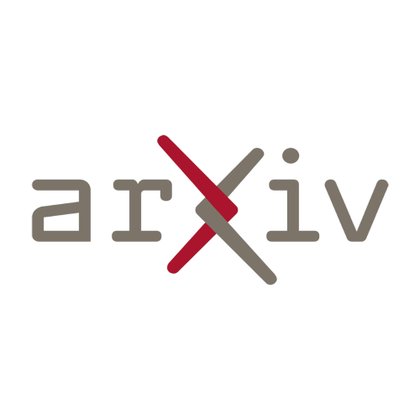
Silin Gao
@silin_gao
Followers
303
Following
53
Media
31
Statuses
54
PhD @ICepfl NLP Lab, Advisor @ABosselut | Intern @TsinghuaCoAI @Zhou_Yu_AI | Prev @Tsinghua_Uni | Knowledge Intensive #NLProc | Dialogue Systems | #AI
NLP Lab, IC, EPFL, Switzerland
Joined September 2021
RT @eric_zemingchen: 🗒️Can we meta-learn test-time learning to solve long-context reasoning?. Our latest work, PERK, learns to encode long….
0
10
0
Thanks to my internship advisors Emmanuel Abbe and Samy Bengio at @Apple, and my PhD advisor @ABosselut at @EPFL for supervising this project!. Paper:
0
0
7
Thanks to my advisor @ABosselut for supervising this project, and collaborators @limi_rs, @smamooler, @SyrielleMontar1, Sheryl and @Sony for their support!. Paper: Project Page: EPFL NLP Lab:
0
0
4
NEW PAPER ALERT: Generating visual narratives to illustrate textual stories remains an open challenge, due to the lack of knowledge to constrain faithful and self-consistent generations. Our #CVPR2025 paper proposes a new benchmark, VinaBench, to address this challenge.
1
11
19
RT @bkhmsi: 🚨 New Preprint!!. LLMs trained on next-word prediction (NWP) show high alignment with brain recordings. But what drives this al….
0
64
0
RT @mismayilsoy: Are LLMs linguistically productive and systematic in morphologically-rich languages as good as humans?.No 🤨 Our new NAACL….
arxiv.org
Large language models (LLMs) have demonstrated significant progress in various natural language generation and understanding tasks. However, their linguistic generalization capabilities remain...
0
8
0
RT @smamooler: 🚀 Introducing PICLe: a framework for in-context named-entity detection (NED) using pseudo-annotated demonstrations. 🎯 No hum….
0
12
0

















